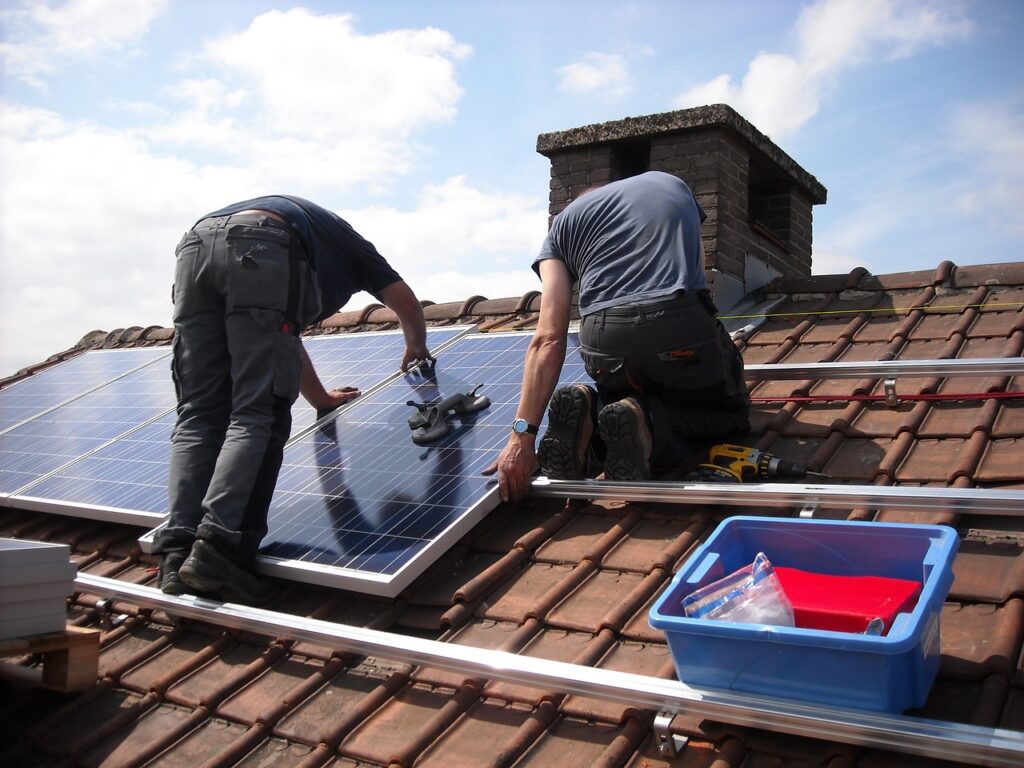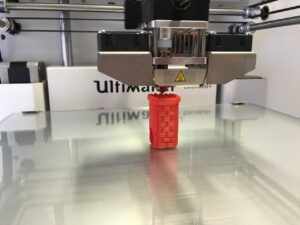Introduction
In the ever-changing landscape of architectural design and construction, roofing trends play a vital role in shaping the aesthetics, functionality, and sustainability of buildings. The United States, with its diverse climate zones and architectural styles, continually witnesses shifts in roofing preferences. Moreover, as environmental concerns take center stage, the roofing industry is also poised for significant advancements to meet the demands of a greener future. We had Todd at Bel Air Gutter & Siding (https://www.belairgutter.com) who is an expert roofer to talk about the latest roofing trends in the United States and explore the potential future trajectory of the roofing industry.
1. Sustainable Roofing Solutions
The move towards sustainability has become a driving force in the roofing industry. As homeowners and businesses prioritize energy efficiency and environmental responsibility, roofing materials that offer improved insulation, reduced heat absorption, and even energy generation are gaining traction. Green roofs, which involve planting vegetation atop buildings, are increasingly being embraced in urban areas to counteract the urban heat island effect and enhance air quality.
2. Solar Integration

Solar roofing is becoming more than just an eco-friendly addition; it’s transforming into an integral part of the roofing system. Innovative solar shingles and panels are designed to seamlessly blend with conventional roofing materials, allowing for clean energy generation while maintaining aesthetic appeal. This trend is likely to grow as solar technology becomes more efficient and affordable, promoting a shift towards net-zero energy buildings.
3. Cool Roofing Materials
In warm climates, cool roofing materials are gaining popularity due to their ability to reflect sunlight and reduce heat absorption. This not only improves energy efficiency by lowering cooling costs but also contributes to the overall comfort of occupants. Reflective roof coatings and shingles with light-reflecting pigments are among the options that are making waves in the roofing market.
4. Smart Roofing Systems
With the rise of the Internet of Things (IoT), roofing systems are also becoming smarter. Smart roofing technologies include sensors that monitor temperature, moisture, and structural integrity, providing real-time data to building owners and maintenance teams. This trend enhances predictive maintenance, prolongs the lifespan of roofing systems, and reduces repair costs over time.
5. Resilient Roofing
As extreme weather events become more frequent, resilient roofing systems are gaining importance. Impact-resistant shingles, wind-resistant materials, and designs that can withstand heavy snow loads are increasingly sought after. These resilient roofing solutions not only protect buildings and occupants but also minimize repair and replacement costs in the long run.
Future of the Roofing Industry
The roofing industry is poised for continued innovation and evolution. Here are some potential directions the industry might take in the coming years:
1. Nanotechnology Integration
Advancements in nanotechnology could lead to the development of self-cleaning and self-healing roofing materials. Nanocoatings that repel dirt and resist damage could reduce maintenance requirements and extend the lifespan of roofs.

2. 3D Printing
The concept of 3D printing buildings, including roofing components, holds promise for faster construction and reduced material waste. Customizable designs and intricate architectural elements could become more accessible through this technology.
3. Circular Economy Practices
The roofing industry could embrace circular economy principles by focusing on recyclability and sustainable material sourcing. Reclaimed and recycled roofing materials may gain prominence as environmental awareness deepens.
4. Climate-Adaptive Roofing
Roofing systems that can adapt to changing climate conditions, such as automatically adjusting their insulation properties or ventilation based on weather patterns, could become a reality. This could lead to improved energy efficiency and occupant comfort.
Conclusion
The roofing industry in the United States is witnessing a dynamic shift towards sustainability, technology integration, and resilience. As concerns over climate change and environmental impact grow, roofing trends are aligning with the broader goals of reducing energy consumption and enhancing building performance. The future of the roofing industry is likely to be marked by innovative materials, smart technologies, and a greater emphasis on ecological responsibility. With each new trend that emerges, the skyline of the United States is destined to evolve, showcasing not only architectural marvels but also roofing systems that contribute to a more sustainable and resilient built environment.